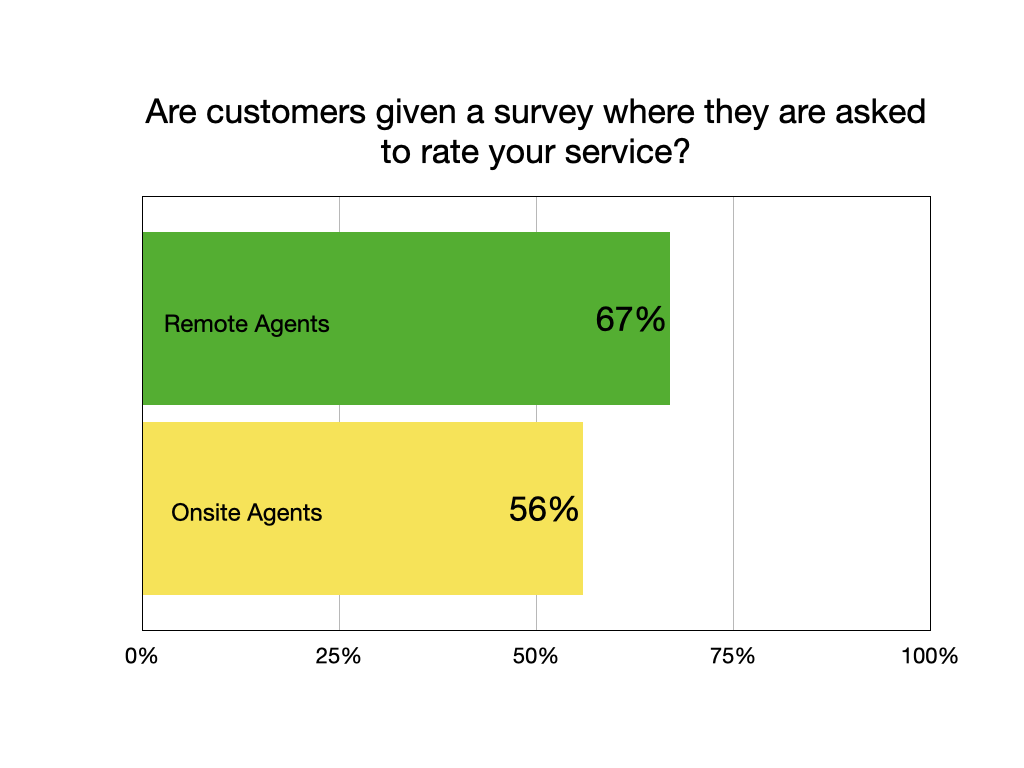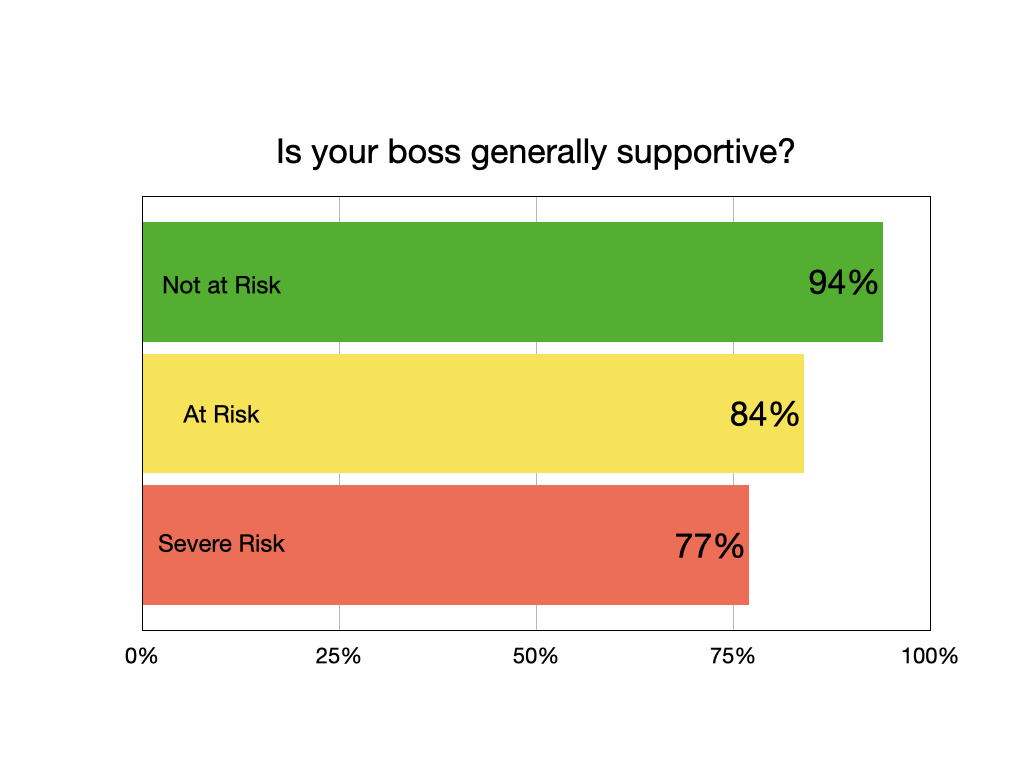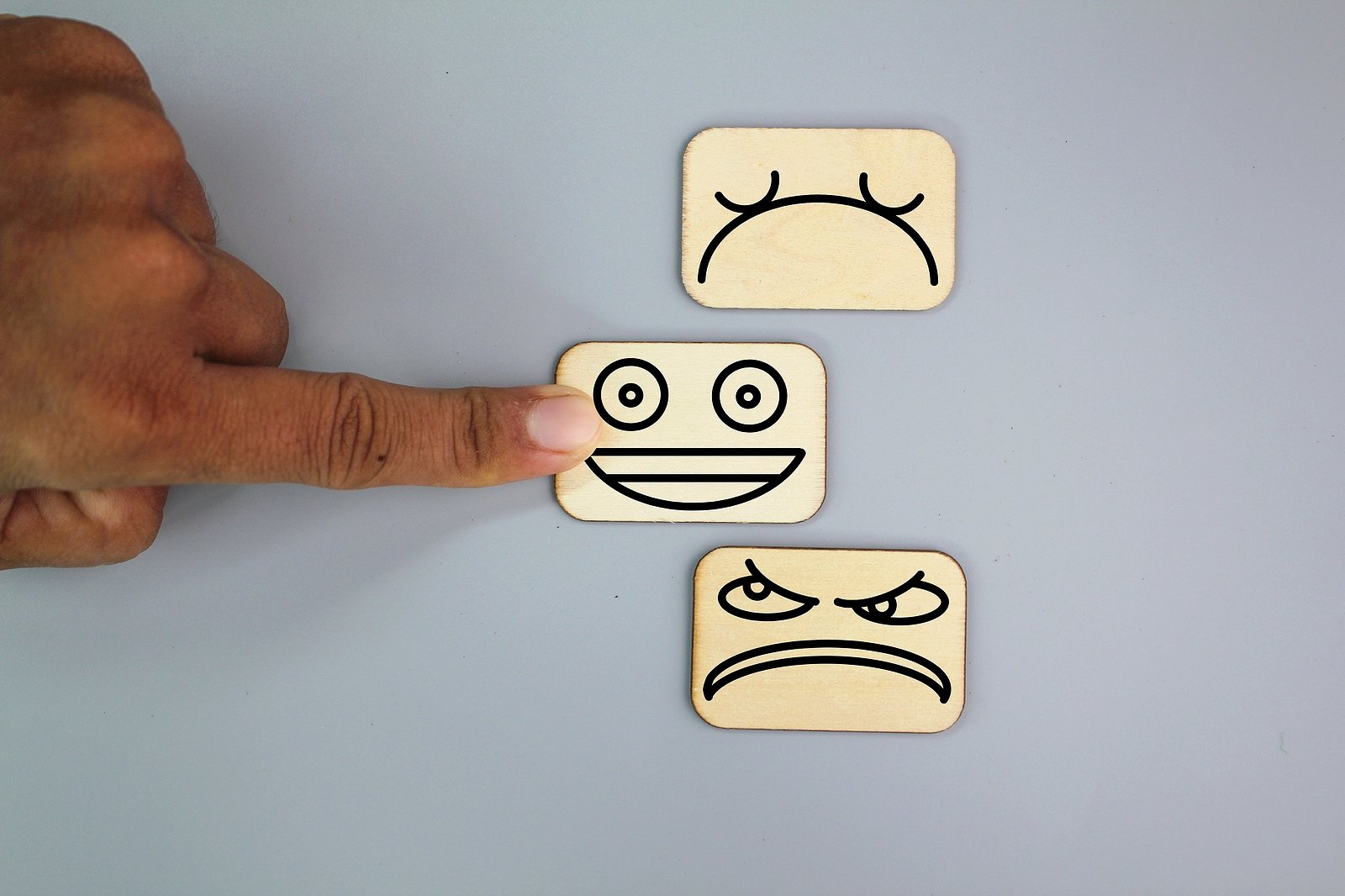Do your customer service goals inspire the team?
If not, the FIT model might be the cure. It helps you write goals that give your team clarity, inspire teamwork, and encourage the right behaviors.
The FIT goal model also makes costly incentives, prizes, and leaderboards completely unnecessary. In fact, the model works by getting rid of all that nonsense.
This post outlines the three elements of the FIT goal model, how to use it, and why it's so effective at motivating customer service employees.
Types of customer service goals
Generally speaking, there are three common types of customer service goals.
Squishy
SMART
SMART + FIT
Squishy goals are too unclear to be useful. For example:
Improve customer service.
This goal is extremely squishy. It doesn't explain what needs to be done or how people will know if the goal has been accomplished.
The SMART model adds some much-needed structure that can instantly improve a squishy goal. SMART is an acronym that stands for five things:
Specific
Measurable
Attainable
Relevant
Time-bound
Here's how that squishy "improve customer service" goal might look if you re-wrote it using the SMART model:
Customer service reps who achieve a 90% average satisfaction rating on the customer satisfaction survey by the end of the month will earn a $100 bonus.
This goal is much clearer now. But there’s also a problem.
Will employees see the goal as improving customer satisfaction or earning the $100 bonus? Those aren’t the same thing. There are lots of underhanded ways to improve survey scores without actually improving customer service. (Curious? Here are nine techniques.)
You can prevent those issues by making your SMART goals FIT.
What is the FIT goal model?
The FIT goal model can enhance your SMART goals. It helps you get more buy-in from employees to do the right thing and achieve results.
There are three elements that make up the acronym, FIT:
Focus attention. FIT goals encourage the right behaviors.
Intrinsic motivation. Tap into your employee's internal desire to serve.
Team-oriented. FIT goals encourage teamwork, not individualism.
One customer service team used the FIT model to improve its SMART goals by doing three things:
First, the manager focused attention by reviewing survey feedback on a daily basis and discussing opportunities for improvement. This made it clear the goal was better service, not a better survey score.
Next, there was no incentive or reward attached to the goal. It relied on employees' intrinsic motivation to provide great service.
Finally, it was team-oriented because there was one goal for the entire team.
The FIT model encouraged a lot of behaviors you wouldn't normally see with individual SMART goals.
For example, customers were frustrated when they were transferred from the Tier 1 support team to Tier 2 when the issue was a simple one.
On their own initiative, Tier 1 and Tier 2 employees identified five common transfers that could be avoided by giving the Tier 1 team just a little more information.
Transfers instantly went down, which also reduced wait times for customers who needed to speak to a Tier 2 agent. Customer survey scores increased due to the improved service.
How to use the FIT goal model
Let's break this down a bit to see how each component can improve your SMART goals.
Step 1: Set a SMART goal
This embarrassingly amateur video explains how:
You can use this worksheet to help you.
Here’s an example of a SMART goal from a project I worked on. My client was an airport that installed self-service machines that customers could use to pay for their parking fee.
Achieve a daily average of 80% of parking customers using self-service technology to pay for parking by December 31.
Step 2: Focus attention
The next step is to focus your team’s attention on the right behaviors. Here are a few discussion questions that can help:
Why is this SMART goal important?
How is the goal relevant to the mission and/or strategy?
What do employees need to do to achieve the goal?
Share that with the team, and then talk about it a lot.
The airport counted on self-service machines to reduced operating costs. Usage needed to be at 80% for the airport managers to achieve their budget goal.
Airport parking managers focused the attention by explaining this to the team when they shared the goal.
Step 3: Find intrinsic motivators
Connect the goal to things your employees care about. Avoid using external motivators such as incentives, since those can cause employees to focus on the prize rather than service.
Parking managers relied on intrinsic motivation by connecting the airport’s self-service goal to employees' genuine desire to serve.
Customers could save time and money by using the machines. They could by-pass the cashier line if they paid for their parking at a kiosk which allowed them to exit faster. Using the kiosk gave customers a 20-minute grace period to exit the garage, which often saved them a few dollars on their parking fee.
Employees were stationed by banks of self-service machines to explain these benefits and guide customers through using them. (This project happened at a time when self-service kiosks were relatively new.)
Almost everyone approached this work enthusiastically and enjoyed providing customers with extra assistance.
Step 4: Promote teamwork
Having a SMART goal for the entire team encourages more teamwork. You can enhance that in a few ways:
Hold regular meetings to discuss progress and challenges.
Encourage employees to experiment with new ideas.
Share best practices via team meetings or knowledge bases.
The airport parking goal was team-oriented because the entire team was focused on the same goal.
Employees were encouraged to try new approaches. Managers held regular team huddles where employees could come together and discuss their ideas.
The results were tremendous.
Employees overwhelmingly bought in to the goal and hit the 80% target in just 8 months. The airport was ecstatic because they hit their budget goal and could now boast the best self-service usage rate of any airport in the country.
Take Action
SMART goals should be table stakes for any customer service team. You can get even better results by applying the FIT model.
Here's a short video from my Leading a Customer-Focused Culture course that provides more information about setting good goals.






























